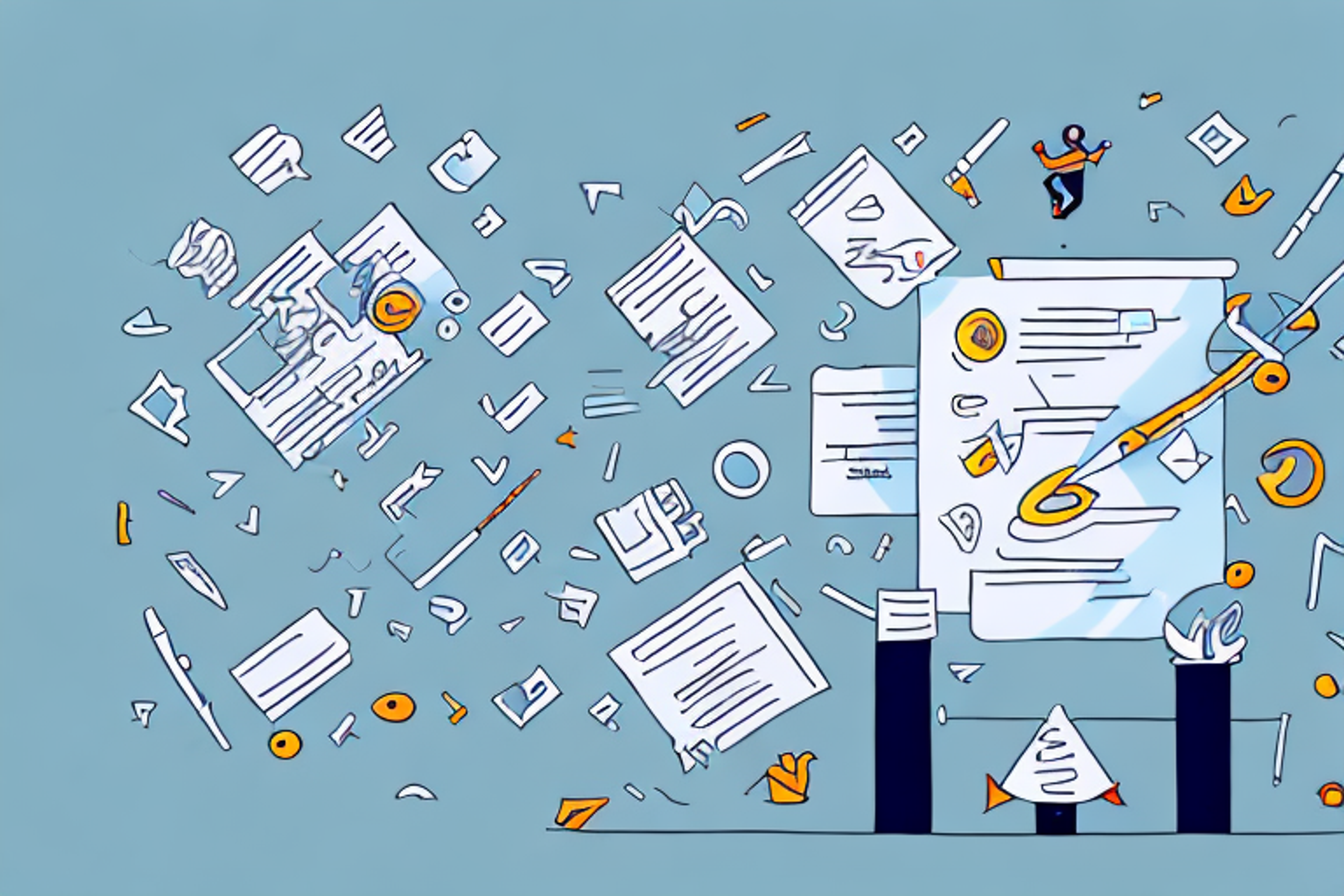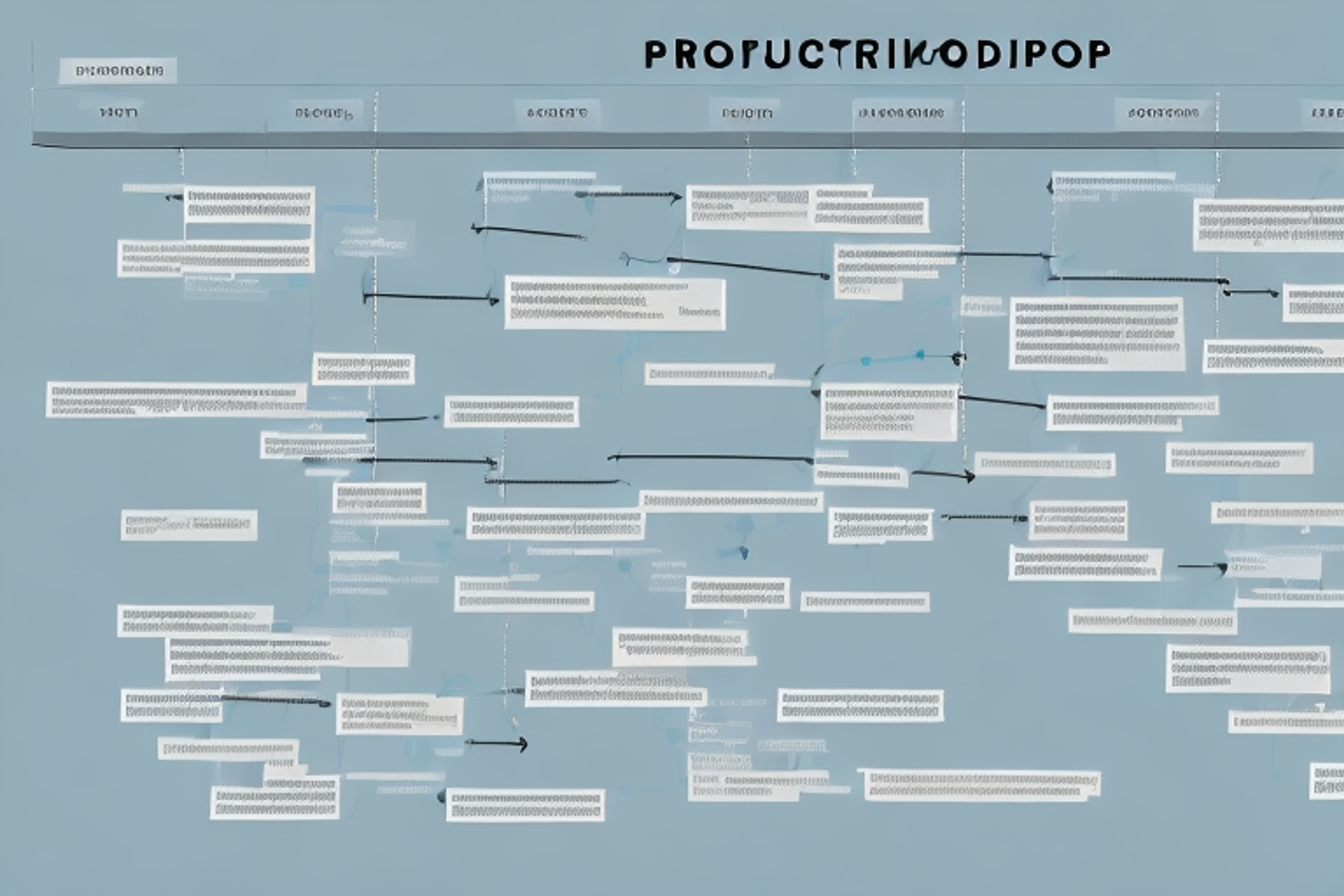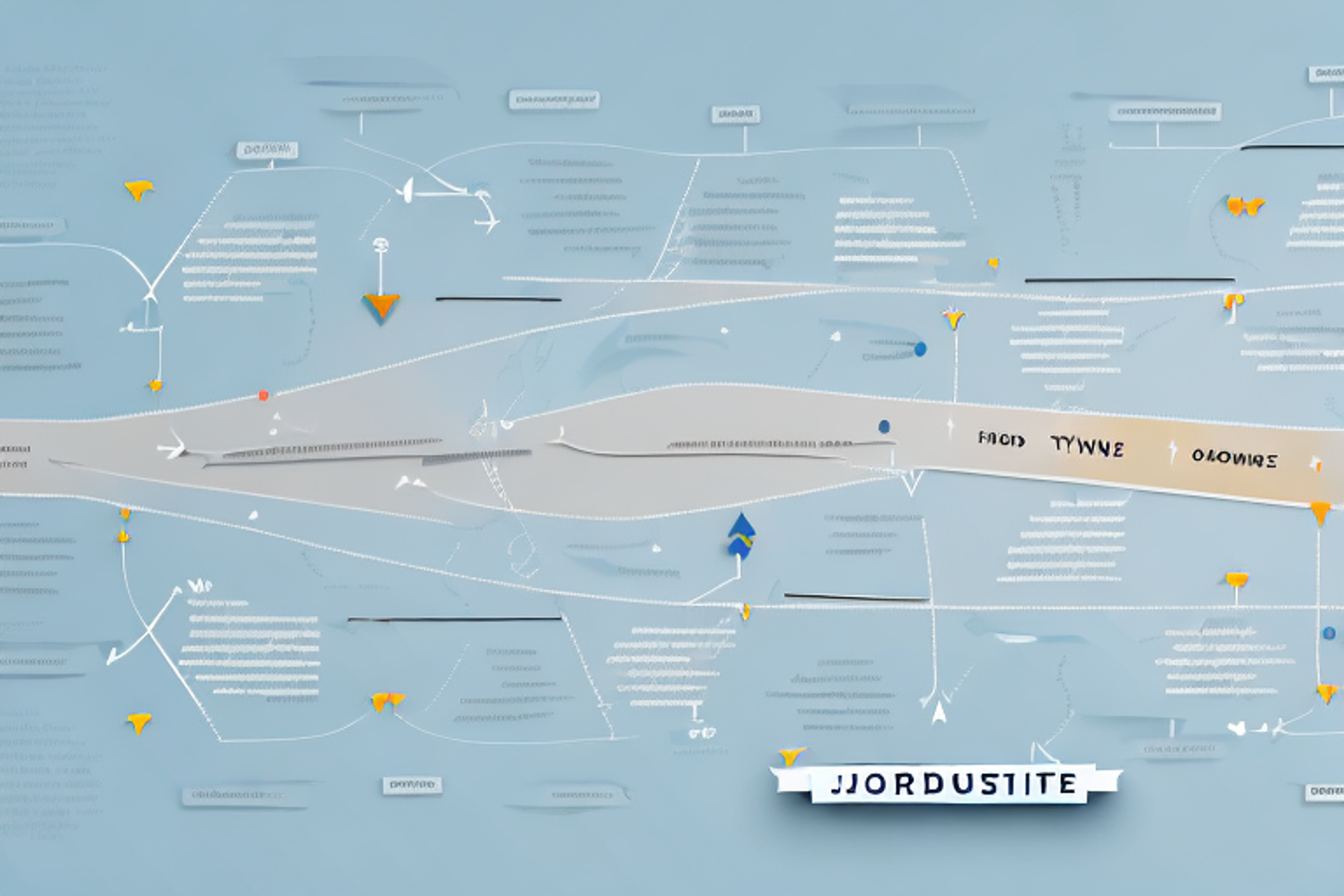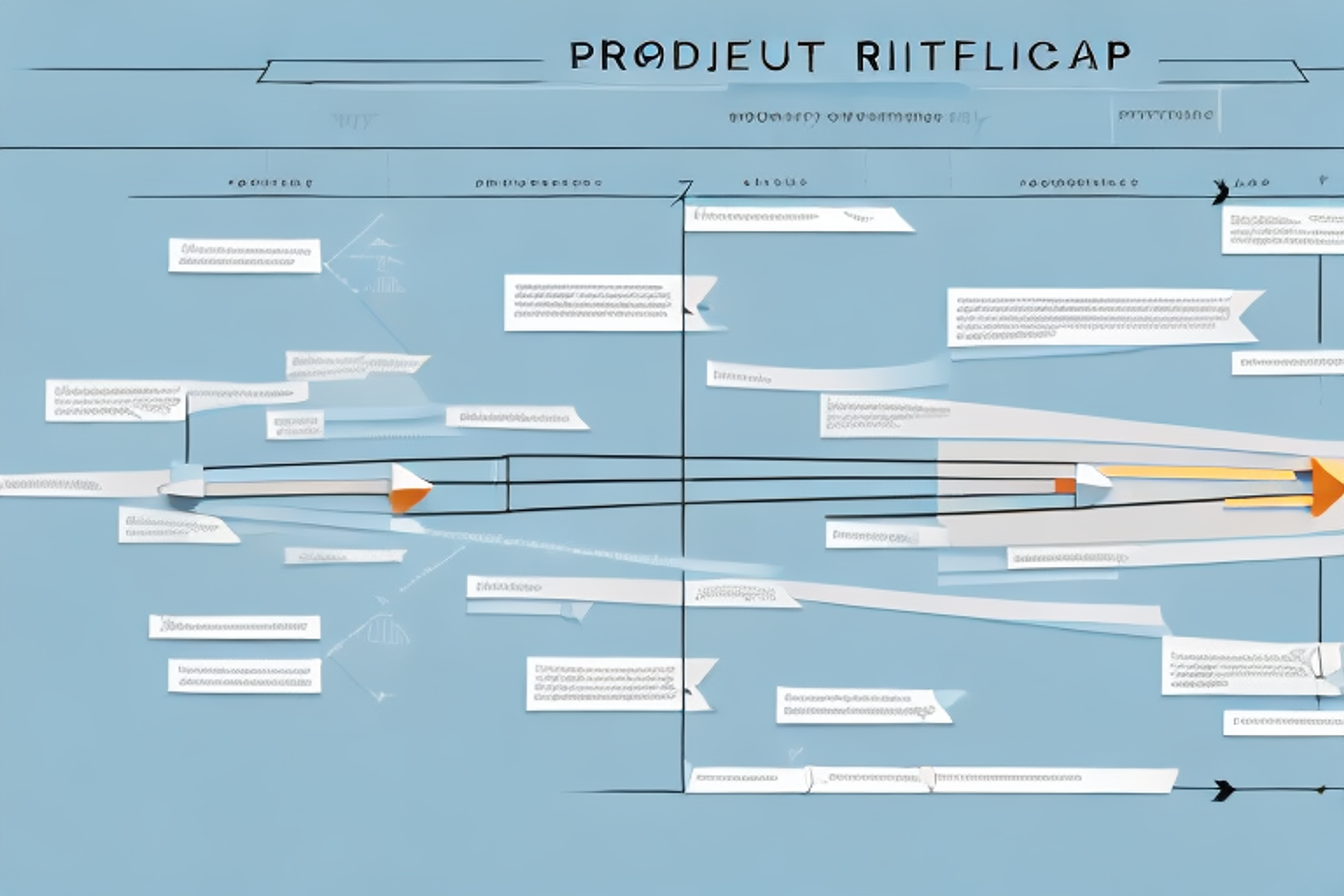Workload Prioritization: How to Stay Focused on What Matters
Learn how to effectively manage your workload and prioritize tasks with our comprehensive guide.
Posted May 15, 2023

Table of Contents
As professionals, we are often engulfed in a sea of tasks, and it can be daunting to decide which ones to tackle first. Prioritizing your workload is essential to ensure that you stay focused on what matters, and this article will help you do just that. Here, we'll explore the importance of prioritizing your workload, understand the value of time management, identify your most important tasks, create a task list, and implement various techniques to prioritize your workload effectively.
The Importance of Prioritizing Your Workload
Effective workload prioritization is crucial to achieve success in any sphere of work. Prioritizing tasks helps you to stay focused on completing them in a timely manner, which ensures that deadlines are met without compromising on quality. It helps reduce mental stress and ensures a sense of fulfilment at the end of the day. Proper prioritization of tasks leads to better time management, which means more time to focus on important projects, improved productivity, and better work-life balance.
Understanding the Value of Time Management
Time management is an essential skill necessary to prioritize your workload effectively. By managing your time efficiently, you can focus on the tasks that require your attention the most while avoiding procrastination. Time management can help to reduce stress, achieve goals faster, reduce errors, and ensure better decision-making.
One of the key benefits of time management is that it allows you to have more free time. When you manage your time effectively, you can complete your work in a shorter amount of time, leaving you with more time to pursue other interests or spend time with loved ones. This can lead to a better work-life balance and a more fulfilling personal life.
Another advantage of time management is that it can improve your overall productivity. When you prioritize your tasks and manage your time effectively, you can accomplish more in less time. This can lead to increased job satisfaction, as you feel more accomplished and productive at the end of each day. Additionally, improved productivity can lead to career advancement opportunities and increased earning potential.
How to Identify Your Most Important Tasks
Identifying the most important tasks is the first step in workload prioritization. Typically, tasks that are urgent or have high value should be prioritized over low-value or less important tasks. Critical tasks that can have significant repercussions if not completed on time must be identified and prioritized over other tasks. One useful technique is to focus on tasks that bring you closer to achieving a predetermined goal.
Another way to identify your most important tasks is to consider the impact they have on others. Tasks that affect multiple people or departments should be given higher priority than tasks that only affect one person or department. Additionally, tasks that have a direct impact on the company's bottom line or customer satisfaction should also be prioritized. It's important to regularly reassess and adjust your priorities as new tasks and deadlines arise.
The Benefits of Creating a Task List
Crafting a task list is a valuable tool in prioritizing your workload. Write down all tasks that have been assigned to you and sort them according to their significance. This technique helps to prevent tasks from being overlooked while ensuring that everything is accounted for. Having a task list at hand also helps you to stay organized, remain focused, and complete your work in a timely manner.
Another benefit of creating a task list is that it allows you to track your progress. As you complete each task, you can cross it off the list, giving you a sense of accomplishment and motivation to continue working. Additionally, a task list can help you to identify any tasks that may be taking longer than expected, allowing you to adjust your schedule accordingly and avoid missing deadlines.
Creating a task list can also help to reduce stress and anxiety. When you have a lot of tasks to complete, it can be overwhelming and difficult to know where to start. By breaking down your workload into smaller, more manageable tasks, you can approach each one with a clear plan and a sense of purpose. This can help to alleviate feelings of stress and anxiety, making it easier to focus on the task at hand and complete your work efficiently.
Techniques for Prioritizing Your Workload Effectively
There are multiple techniques that you can employ to prioritize your workload effectively. One such technique is to categorize tasks based on urgency and importance, as described by the Eisenhower Matrix. This matrix categorizes tasks into four quadrants: Important and Urgent, Important but Not Urgent, Urgent but Not Important, and Not Urgent or Important. By focusing on tasks that are Important and Urgent, you can ensure that you remain productive and meet your deadlines. Another technique is time blocking, where you allocate specific periods for specific tasks.
The Eisenhower Matrix: A Simple Tool for Prioritization
The Eisenhower Matrix is a powerful tool that can simplify the prioritization process. By categorizing tasks based on their importance and urgency, you can determine which tasks are critical and require immediate attention. Using this tool, you can prioritize your workload efficiently, which in turn makes your workday more productive and less stressful.
How to Use Time Blocking to Manage Your Workload
Time blocking is another technique to manage your workload efficiently. This technique involves allocating specific periods of time for specific tasks. By doing so, you can focus on a task without interruption, reduce distractions, and manage your time more effectively. To apply this technique, break down large tasks into smaller ones, assign them to time blocks, and stick to the schedule.
Strategies for Balancing Urgent and Important Tasks
Managing urgent and important tasks can be challenging, but it is essential to ensure that both types of tasks are completed efficiently. One strategy is to tackle urgent tasks first, followed by important ones. Another strategy is to delegate urgent tasks, where possible, so that you can focus on important tasks that require your attention.
The Role of Delegation in Workload Management
Delegation is another effective strategy in workload management. If possible, delegate tasks that don’t require your specific expertise or attention to other team members. Delegating tasks not only frees up your time, but it also helps to develop the skills of your team members and allows them to take ownership of their work.
Tips for Saying No to Unnecessary Requests
It is essential to learn how to say no to unnecessary requests that do not align with your goals or priorities. Politely and assertively communicate that your workload does not permit taking on additional work, offer alternatives, or suggest delegating the task to someone else. Your time and energy are valuable, and it is essential to prioritize tasks that bring you closer to achieving your goals.
Overcoming Procrastination: How to Get Started on Important Tasks
Procrastination is a common affliction that affects productivity. If you find yourself procrastinating on important tasks, it is essential to understand the reasons behind it. Common reasons for procrastination include feeling overwhelmed, lack of motivation, fear of failure, or perfectionism. Addressing these underlying issues can help overcome procrastination. Techniques such as breaking down tasks, visualization, and setting a deadline can also help to overcome procrastination.
Common Mistakes in Prioritizing Workload
Common mistakes when prioritizing workload include failing to plan ahead, not considering the value of the task, insufficient time management, multitasking, and procrastinating. It is essential to evaluate your workload regularly, reassessing your priorities and modifying your plan as needed.
How to Evaluate and Adjust Your Priorities Over Time
Priorities change over time due to various factors such as changes in goals, work environment, or personal circumstances. It is essential to evaluate and adjust priorities accordingly to ensure that your workload is aligned with your goals. Regular reviews of your workload and priorities can help you stay focused and productive.
Using Technology Tools for Efficient Workload Management
Technology tools such as task management tools, calendars, and time tracking tools can help in workload management. These tools assist in task tracking, time management, and delegation, which makes it easier to manage workload efficiently. It is essential to select tools that align with your specific needs and goals.
Case Study: Successful Workload Prioritization in a Busy Workplace
A successful workload prioritization strategy was implemented by a software development team faced with competing priorities. The team identified critical tasks and prioritized them using the Eisenhower matrix. They allocated specific periods for each task, used time-blocking, and delegated tasks where possible. The results were increased productivity, better quality work, and a decrease in overall stress levels.
Conclusion: The Benefits of Staying Focused on What Matters
In conclusion, workload prioritization is crucial to achieve success in any sphere of work. By prioritizing tasks, you can make the most of your time, reduce stress, improve work-life balance, and achieve your goals faster. Implementing various techniques, such as the Eisenhower matrix, time blocking, and delegation, can make the prioritization process more manageable and lead to increased productivity. It is essential to regularly evaluate and modify priorities and use technology tools that align with your specific needs. Staying focused on what matters ensures that your workload remains organized and prioritized, leading to a more fulfilling and productive workday.



















